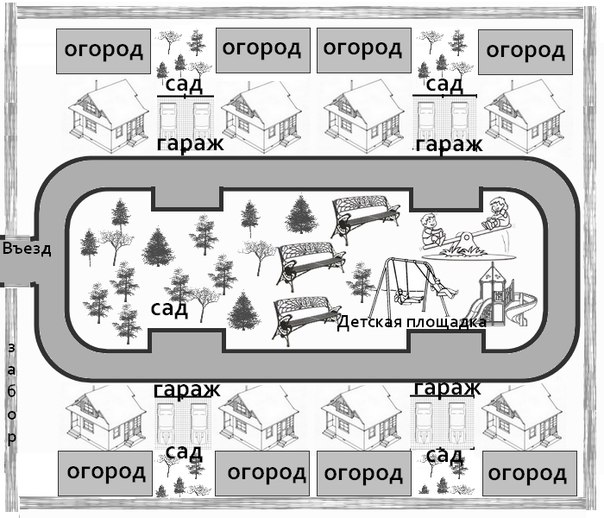PROJECTS 2016
INTERNATIONAL PATENTS
Please visit us in Europe here.
The Company is glad to announce its first Intellectual Property Patent through WIPO, Geneva. The Quad 3-Stage Sub-1 Micron Fast-Flo Point of Entry Potable Water Treatment System offers a revolutionary way to remove heavy metals from potable water supplies entering a building. the fast-flow design allows whole-home applications thereby reducing hard-to-remove metals such as Pb, As, Hg, Cd, Cr from showers and all taps within the building.
RESTAURANTS now LICENSED in selected cities must now ENSURE TAP WATER for the customer is CERTIFIED POTABLE and meets minimal NSF/ANSI criteria for potability. The Company has entered into phase two of a licensing agreement with a major city whose legislated requirement for filtered water is now in its second year. TSWS products are “ganged” in parallel making an efficient, low cost delivery system of source water equaling 24,000 L (6,000gal) per day with reduced levels of heavy metals, polyphenolic resins, nitrates, perchlorate, herbicides, endocrine-impacting compounds and other chemical species of known toxic origin in output water. Surface loading meets and exceeds, in tests done to date, requirements of 28 – 40 L (7 -10 gal) per minute with tolerable pressure drops. The figure of merit from the Company’s QUAD 3-Stage SUB-1 and DUAL 3-Stage SUB-5 units is the Carbon Adhesion Coefficients which correlate closely with predetermined MCLs (contaminant levels) for the most egregious and health – compromising toxins found in drinking water in the USA and abroad.
THE COMPANY’S FIRST international patents have been received. With a growing concern that water into buildings such as medical clinics, schools, restaurants, as well as residential communities is increasingly concentrating toxins that not only are proven chemical agents for atherosclerosis, immune and nervous system disorders, and many cancers but are more lethal than previously thought as concentrations at 100 to 1000 times smaller than previously known are now implicated in compromising endocrine (hormonal) health. Simply put, the “Acceptable Risk” concentration levels accepted in the USA for “potable water” are not only higher and have been consistently higher in most cases than in most European countries, but are now hundreds of times higher than even those alleged “safe levels”.
EDITOR’s NOTE How many cigarettes must you smoke before pulmonary and respiratory problems set in? How many pied pipers must you follow who assure you there is no cause for alarm? When the Director of the National Institute for Environmental Science says flat out to a Congressional subcommittee in 2010, to paraphrase, “The USA is at a crisis point in endocrine health due toxic drinking water”, and in the past five years absolutely no steps have been taken to address a crumbling water delivery system in the country, then draw your own conclusion.
*******************************************
REDUCING PLASTIC BOTTLE PROJECT
***************************************************
WATER PEN PROJECT
TSWS intends to market a 3-Test – in – one Water Pen. This instrument is under development at the company and product beta dates are set for July, 2016. Mockups have been developed and a working prototype using lab-on-a-chip technology is entering phase 2 of development.
The PCS WATER PEN from TSWS is designed to be a rugged sophisticated instrument for detecting and alerting the user to selected contaminants in tap water. It is not a toy. The pen allows three different tests to be applied to any tap water source, each test specific to different compounds which are well known to adversely impact human health in dose concentrations not understood before. These dose levels are much lower than previously understood. The stainless steel barrel, nozzle tip and test-select cap house an LCD display with data output calibrated to a digital readout (think “digital watch”) or an analog readout (similar to the red or blue alcohol thermometer fluid in the glass column).
WHY a PCS WATER PEN?
Endocrine health is a public health concern for the following reasons. We are finding increasing contaminants in soil runoff from industrial and agricultural processes even hundreds of kilometers away appearing at our tap. Part per billion concentrations of an increasing number of personal care and hygiene products, Estradiol (birth control pills), Ibuprofin, Excedrin, urine are in tap water in many places. Read about that here.
Hormones regulate our health. Endocrine organs include the adrenals, the pancreas, thyroid, testes and ovaries, hypothalamus and pituitary. When BPA molecules for instance invade the body through the water we drink, they affect five steroid hormone receptors for androgen, progesterone, estrogen and other molecules important to health. We can become ill. Also endocrine hormones control “glucose homeostasis” the balance of sugars in our body. When it is disrupted, it can lead to the development of diabetes, obesity and cardiovascular disease.
“SAFE” vs. “ACCEPTABLE” HEALTH RISK
It is an ever growing concern that pharmacological agents and other waster products are in our water. If we could ignore their small concentrations that would be one thing. Many water utilities are resigned to now accept a minimal “risk” from water contaminants where decades ago the thought was that our health was “safe” if concentration levels were kept below certain pre-selected levels.

We hope you will help take us to our first production phase I after our development is completed. Our project is to complete the prototyping of a sophisticated instrument that you can use with confidence. Stay tuned to us as we update our progress on our youtube and facebook links.
” Clean Water – Healthy Bodies ” tm
*************************************************
VALERIA’s PROJECT
A project about the children. A project underway in Mikolaev, Ukraine is a planned community for orphaned children whose lives are made better in a holistic environment of caring adults in a uniquely designed environmental setting.

Whole House water treatment to the water supply, vegetable gardens, buildings designed with less energy -intensive materials are some of the architectural features of this project.

